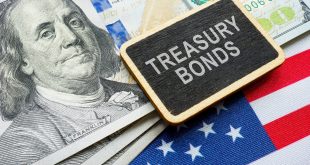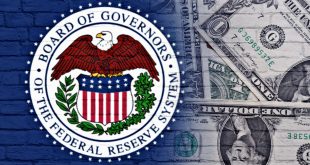Gold prices edged lower in Asian trade on Thursday, easing slightly after a strong week-long advance driven by mounting expectations that the U.S. Federal Reserve will cut interest rates in December.
Speculation that a more dovish successor could replace Fed Chair Jerome Powell after his term ends in 2026 also reinforced the view of lower U.S. interest rates over the longer term, especially after a run of weak U.S. data. This outlook pressured the dollar and helped fuel gains across the broader precious metals complex, with silver nearing record levels and platinum outperforming on Thursday.
By 00:08 ET (05:08 GMT), spot gold was down 0.3% at $4,152.35 an ounce, while February gold futures slipped 0.4% to $4,184.15 per ounce.
Despite Thursday’s pullback, spot gold remained more than 2% higher for the week, supported by growing conviction that the Fed will deliver another 25-basis-point cut next month. According to CME’s FedWatch tool, markets are pricing in a 79.8% probability of a cut at the December 9–10 meeting, up sharply from just 24% a week earlier.
The shift in expectations followed dovish remarks from two Fed policymakers backing a December move, alongside a series of weaker U.S. economic releases that strengthened the case for additional easing to cushion the economy.
Geopolitical and political risks also underpinned safe-haven demand. Limited progress toward a U.S.-brokered ceasefire between Russia and Ukraine, as well as heightened tensions between Japan and China, continued to drive interest in gold as a hedge.
Other precious metals moved mostly lower in tandem with gold on Thursday. Spot silver fell 0.7% to $52.9525 an ounce after briefly approaching record territory earlier in the week. Spot platinum, however, jumped 1.7% to $1,616.76 an ounce, with the immediate catalyst for the sharp rise not clearly identified.
Expectations of lower U.S. rates generally favor non-yielding assets such as gold, as investors tend to rotate out of interest-bearing government debt when borrowing costs fall.
Attention also turned to the question of Fed leadership beyond 2026. Bloomberg reported that White House National Economic Council Director Kevin Hassett is viewed as the leading candidate to replace Powell when his term ends in May 2026. Seen as a close ally of President Donald Trump, Hassett is widely regarded as more aligned with the president’s calls for sharply lower interest rates.
Analysts at ANZ noted that the NEC chief would likely be perceived as someone who could bring the president’s rate-cutting preferences more directly into Fed policy. Trump has repeatedly pushed for significantly lower interest rates to boost growth, though the Fed has until recently resisted such pressure due to concerns over persistent inflation.
However, in the past week several Fed officials have emphasized that supporting the labor market now takes precedence, arguing that inflation is likely to continue easing in the coming months—further strengthening the market’s conviction that more cuts are on the way.
 Noor Trends News, Technical Analysis, Educational Tools and Recommendations
Noor Trends News, Technical Analysis, Educational Tools and Recommendations





